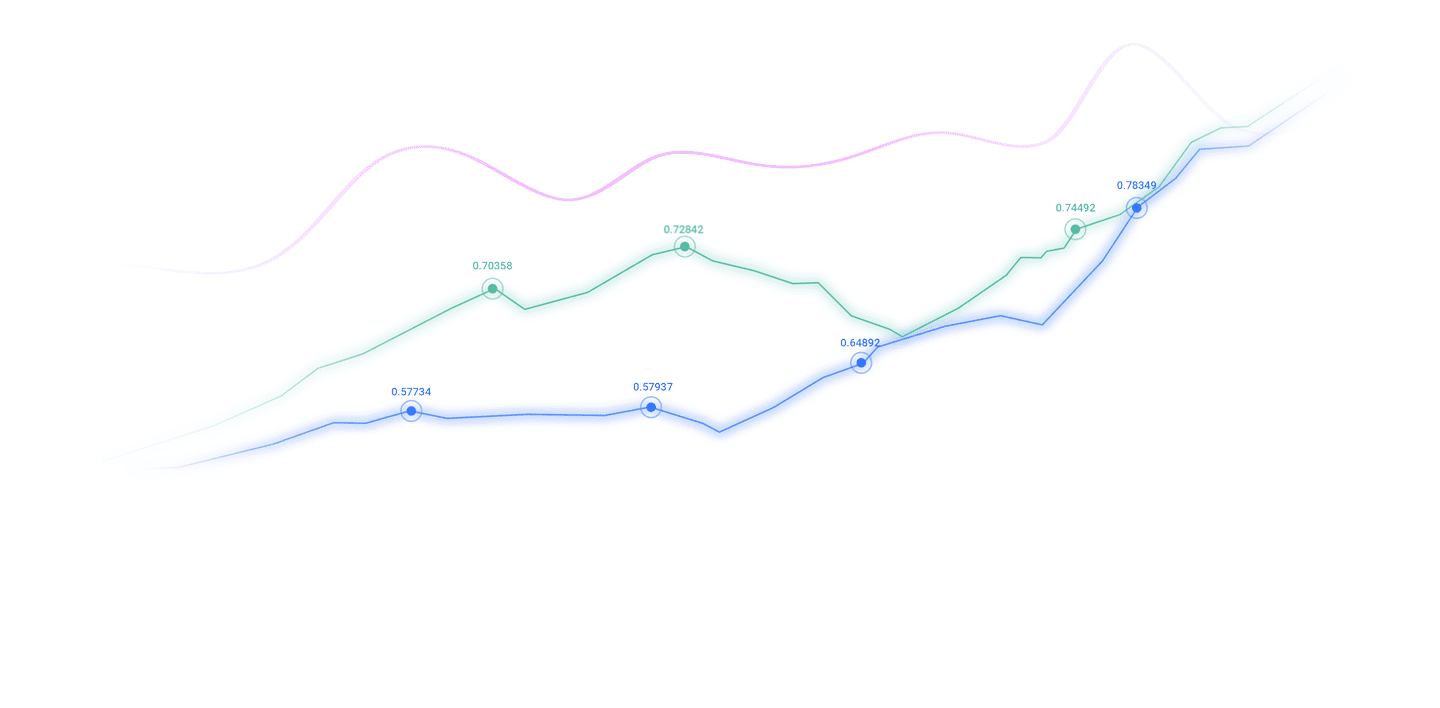Trusted by over 15 Million Traders
The Most Awarded Broker
for a Reason
CATEGORIES
market analysis
"In front of the 149 goal", how can the long and short yen break the deadlock?
Wonderful Introduction:
I missed more in life than I have not missed, and everyone has missed countless times. So we don’t have to apologize for our misses, we should be happy for our own possession. Missing beauty, you have health: Missing health, you have wisdom; missing wisdom, you have kindness; missing kindness, you have wealth; missing wealth, you have www.xmniubi.comfort; missing www.xmniubi.comfort, you have freedom; missing freedom, you have personality...
Hello everyone, today XM Foreign Exchange will bring you "[XM Foreign Exchange]: "In front of 149", how can the long and short yen break the deadlock?" Hope it will be helpful to you! The original content is as follows:
On Wednesday (September 3), the US dollar/Japanese yen fluctuated in the range of 148.60-148.90 during the European period. In fundamentals, intraday news and data are intertwined, and the market maintains a certain degree of restraint before the release of major employment data this week.
Branditional
The domestic political uncertainty in Japan has risen recently. The personnel trends of key positions and calls for re-selecting within the party have heated up, which has caused the positive support for the yen to be hedged. At the same time, the Deputy Governor of the Bank of Japan recently emphasized that "the interest rate hike should continue", but also reminded that global uncertainty is high and the pace of interest rate hikes is not impatient; President Ueda added on Wednesday that "the position on interest rate hikes has not changed, and will examine the economy and prices without prejudice." The overall caliber is relatively cautious, and it is difficult to provide a tough "hawkish premium" to the yen in the short term.
On the US side, although the market generally bets that the Fed had a 90% chance of a 25 basis point cut at its meeting on September 17, the US dollar index continued to be supported against the backdrop of weakening overseas risk appetite and funds flowing back to the US dollar, which constitutes a marginal positive for the exchange rate. However, the expectation of interest rate cuts still suppresses the "offensiveness" of the US dollar bulls, causing the US dollar/JPY to repeat below the 149.00 integer mark.
On the macro level, Japan's tight labor market may drive wages to continue to rise and boost demand to drive inflation. The market still retains the imagination of the Bank of Japan's further interest rate hikes this year; while the United States will usher in JOLTS job vacancy, ADP employment and non-agricultural this week, under the www.xmniubi.combination of "foresight uncertainty and risk events intensive", foreign exchange volatility and liquidity may tighten in stages.
Technical aspect:
According to the 60-minute K-line chart, the middle rail of the Bollinger band is 148.524, the upper rail of the upper rail of 149.013, and the lower rail of 148.035. After a sharp rise during the week, the price is currently located near the 148.80 line, close to the upper rail and the integer 149.00, with the short-term highs above being 148.936 and 149.134 in turn; this constitutes a continuous resistance level cluster, which together with the Bollinger upper rail forms dynamic resistance. In terms of indicators: RSI (14) is 64.713, which is in the "strong but not extreme" range, indicating that momentum is still biased towards bulls but has the characteristics of "high passivation"; in MACD, DIFF0.223, DEA0.243, and cylinder-0.039, indicating the risk of short-term top divergence and the decline in momentum: the price is still at a high level, but the marginal weakness of the momentum and the fast and slow line may be near a dead cross.
www.xmniubi.combined with the observation of Bollinger bands, the bandwidth tends to extend horizontally after the initial expansion. www.xmniubi.combined with the continuous upper shadow of the positive line-small entity-negative line interlaced structure, it is more like "high consolidation" rather than direct acceleration. In terms of support, Bollinger's middle rail 148.524 is the primary back-positioning, followed by 148.240 (the early intensive trading area), and the key defense line below is the Bollinger's lower rail/risk threshold of 148.035. If the price reaches the range of 149.013-149.134 and achieves an effective volume breakthrough, a new round of upper-edge expansion can be opened; on the contrary, once the entity falls below and pulls back and confirms, the technical side may be transferred to the box-bottom-edge testing logic.
Prevention of Market Sentiment
The recent sentiment has shown "cautiousness and more". On the one hand, the shorts in the yen still grasp the advantage of interest rate spread/interest rate arbitrage: in the scissors gap of "Japan's gradual and the United States may cut interest rates", the sentiment of the bulls is more inclined to buy the US dollar whenever the retracement is drawn; on the other hand, the unknown political noise and interest rate hike paths make the sentiment of the bears dare not push up the leverage excessively, which is reflected in:
1) Option skewness is more like "slight positive deviation above": the demand for mild call options to prevent breakthroughs has rebounded, but it has not been released. It is extremely crowded;
2) The group psychology is driven by "non-farm wait-and-see" and tends to grasp the intraday band rather than the trend single, resulting in the volatility showing a "contraction-release" rhythm before and after the data;
3) If the Bank of Japan's caliber suddenly becomes hard or officials suggest that tolerance will decline, it is easy to trigger short-term squeeze/short cover. This "event-driven emotional jump" needs to be paid special attention to in high-leverage currencies.
Future Outlook
Short-term (data week): Before the non-agricultural market is released, the exchange rate is likely to maintain the box oscillation and "repeated testing of the upper edge" pattern of 148.24-149.13. If U.S. employment shows a moderate slowdown and wages have not risen significantly, and the Fed's near-term interest rate cut expectations remain, the risk www.xmniubi.compensation of the US dollar may decline, and the exchange rate is prone to retreat to the middle track of 148.52, regressing to digest the previous increase with the mean; on the contrary, if non-agricultural/wage unexpectedly is stronger and pushes up US Treasury collectionThe probability of the 149.013-149.134 range is broken through by volume increases, but the bulls must www.xmniubi.complete the standard process of "breakthrough confirmation-backtest" to have room for extension.
The above content is all about "[XM Foreign Exchange]: "In front of the 149 gate", how can the long and short yen break the deadlock?". It was carefully www.xmniubi.compiled and edited by the editor of XM Foreign Exchange. I hope it will be helpful to your trading! Thanks for the support!
Spring, summer, autumn and winter, every season is a beautiful scenery, and it stays in my heart forever. Leave~~~
Disclaimers: XM Group only provides execution services and access permissions for online trading platforms, and allows individuals to view and/or use the website or the content provided on the website, but has no intention of making any changes or extensions, nor will it change or extend its services and access permissions. All access and usage permissions will be subject to the following terms and conditions: (i) Terms and conditions; (ii) Risk warning; And (iii) a complete disclaimer. Please note that all information provided on the website is for general informational purposes only. In addition, the content of all XM online trading platforms does not constitute, and cannot be used for any unauthorized financial market trading invitations and/or invitations. Financial market transactions pose significant risks to your investment capital.
All materials published on online trading platforms are only intended for educational/informational purposes and do not include or should be considered for financial, investment tax, or trading related consulting and advice, or transaction price records, or any financial product or non invitation related trading offers or invitations.
All content provided by XM and third-party suppliers on this website, including opinions, news, research, analysis, prices, other information, and third-party website links, remains unchanged and is provided as general market commentary rather than investment advice. All materials published on online trading platforms are only for educational/informational purposes and do not include or should be considered as applicable to financial, investment tax, or trading related advice and recommendations, or transaction price records, or any financial product or non invitation related financial offers or invitations. Please ensure that you have read and fully understood the information on XM's non independent investment research tips and risk warnings. For more details, please click here


































































































